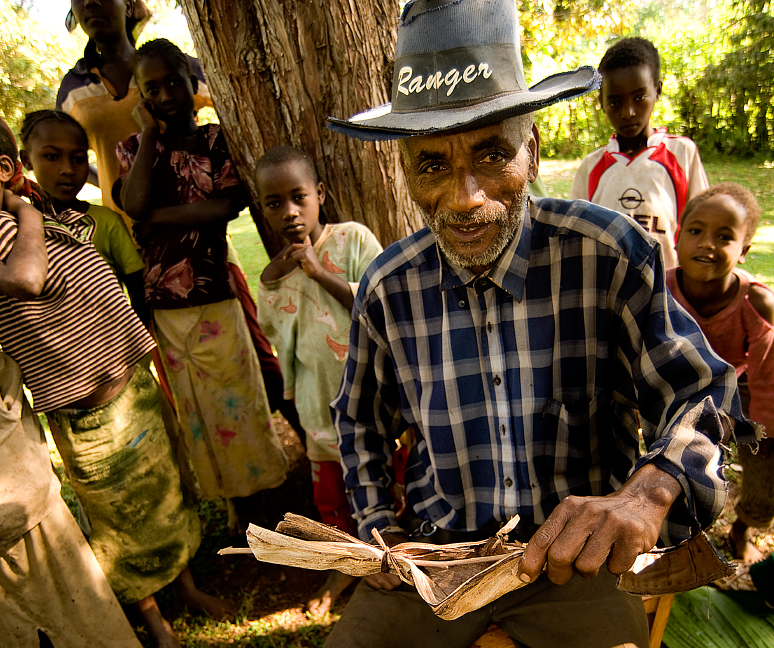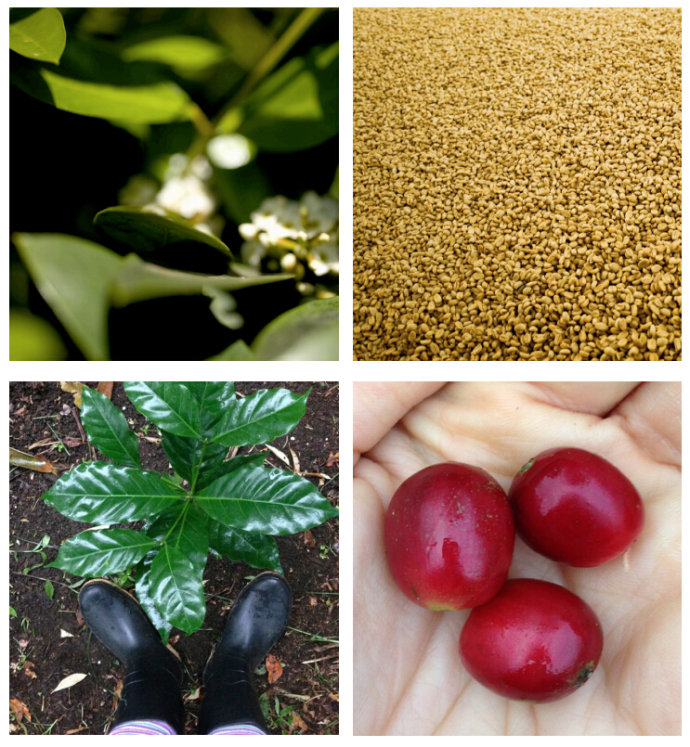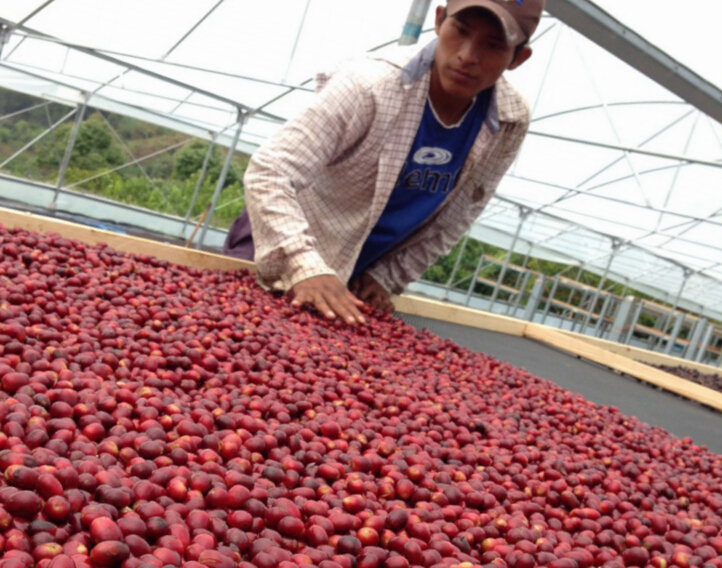Coffee Bean selection course Coffee Bean Brand species Guide washing local native species Yejia Ethiopia
With the deepening of people's contact with coffee, ordinary taste can no longer meet people's needs. As a result, more and more coffee lovers will buy their own beans and go home from the beginning of grinding, blending their favorite coffee flavor step by step. Coffee beans vary in size, new and old quality, how to choose their favorite and cost-effective coffee beans?
Methods / steps
Size and taste
There is a difference in taste between large coffee beans and small coffee beans. For the same kind of coffee, the bigger the bean, the higher the grade, the smaller the bean, the lower the grade, and the cheaper it is. Of course, there are differences in taste. The bigger the beans, the stronger the coffee. However, in addition to high-grade products, the classification of other coffee is not very strict, for example, the central grade beans can account for 60%. Then beans one level higher than this level and beans at a lower level will each account for 20% at the same time. Therefore, sometimes it is roasted according to the standard of the marked central grade, and the other 40% of the coffee cannot be roasted under the best conditions.
New and old and preservation time
Judging the new and old beans in coffee beans as well as the time to market can help to judge the freshness of coffee. The taste of new coffee beans and old coffee beans roasted in the same variety and the same degree will be significantly different, of course, the new beans are more fragrant, the reason is very simple, the freshness of coffee beans will directly affect the roasting and extraction of coffee. Although the moisture of the new bean will be greatly lost and the color will turn white after several years of preservation, the flavor will not be greatly affected, so it is more advantageous to choose the new bean when the specific production date of the coffee bean is unknown.
Country: Ethiopia
Grade: G2
Producing area: Yejia Xuefei
Baking degree: shallow baking
Treatment: washing
Variety: native species
Flavor: Jasmine, lemon, bergamot, honey, black tea
Cochel is located in a small producing area 25 kilometers southeast of Yegashafi, Ethiopia. It is a rich area for coffee production. It is also one of the three famous and micro-producing areas of Yegashafi. It has about 100,000 local residents, and coffee beans are the main source of income. The processing and processing equipment in this area is very advanced. CoffeeReview, a well-known coffee evaluation website, gave Kocher a high rating of 94 points for washed beans.
There are eight main coffee producing areas in Ethiopia: Nekempte (Lekempti) Gimbi Kinby, Limulim, Illubabor Ibedo, Djimma Gemma, Harrar Hara, Teppi/Bebeka Bebeca, Sidamo Sidamo, and Yirgacheffe Yega Chefe. Among them, the more well-known boutique coffee producing areas are Nekempte (Lekempti), Limu, Harrar, Sidamo and Yirgacheffe,Yirgacheffe, which are located in the Sidama region of Ethiopia. It can be seen that Yirgacheffe belongs to the smaller region of the Sidama producing area.
Yejaschuffe itself is a small town of about 20, 000 people, and the three neighboring producing areas, Wenago, Kochere and GelenaAbaya, are also classified as Yejasuffe because they produce coffee with almost the same flavor as Yejasuffe. Yejacheffe is similar to the neighboring Sidamo in terms of culture and geography, but it seems to be more favored to enjoy the advantageous conditions, top-quality Yega Chefe coffee with floral aromas, bright citrus acidity, lemon flavours and silky taste.

Important Notice :
前街咖啡 FrontStreet Coffee has moved to new addredd:
FrontStreet Coffee Address: 315,Donghua East Road,GuangZhou
Tel:020 38364473
- Prev

Coffee Bean selection course Coffee Bean Brand Guide Sidamo Solar treatment Lion King
With the deepening of people's contact with coffee, ordinary taste can no longer meet people's needs. As a result, more and more coffee lovers will buy their own beans and go home from the beginning of grinding, blending their favorite coffee flavor step by step. The size of coffee beans
- Next

Coffee Bean Selection Tutorial Coffee Bean Brand Type Guide YJSF YCFCU Dama Cooperative G2
As people's exposure to coffee deepens, ordinary tasting can no longer meet people's needs. As a result, more and more coffee lovers will buy their own beans home, starting with grinding, step by step to blend their favorite coffee flavor. Coffee beans are big.
Related
- Does Rose Summer choose Blue, Green or Red? Detailed explanation of Rose Summer Coffee plots and Classification in Panamanian Jade Manor
- What is the difference between the origin, producing area, processing plant, cooperative and manor of coffee beans?
- How fine does the espresso powder fit? how to grind the espresso?
- Sca coffee roasting degree color card coffee roasting degree 8 roasting color values what do you mean?
- The practice of lattes: how to make lattes at home
- Introduction to Indonesian Fine Coffee beans-- Java Coffee producing area of Indonesian Arabica Coffee
- How much will the flavor of light and medium roasted rose summer be expressed? What baking level is rose summer suitable for?
- Introduction to the characteristics of washing, sun-drying or wet-planing coffee commonly used in Mantenin, Indonesia
- Price characteristics of Arabica Coffee Bean Starbucks introduction to Manning Coffee Bean Taste producing area Variety Manor
- What is the authentic Yega flavor? What are the flavor characteristics of the really excellent Yejasuffi coffee beans?

